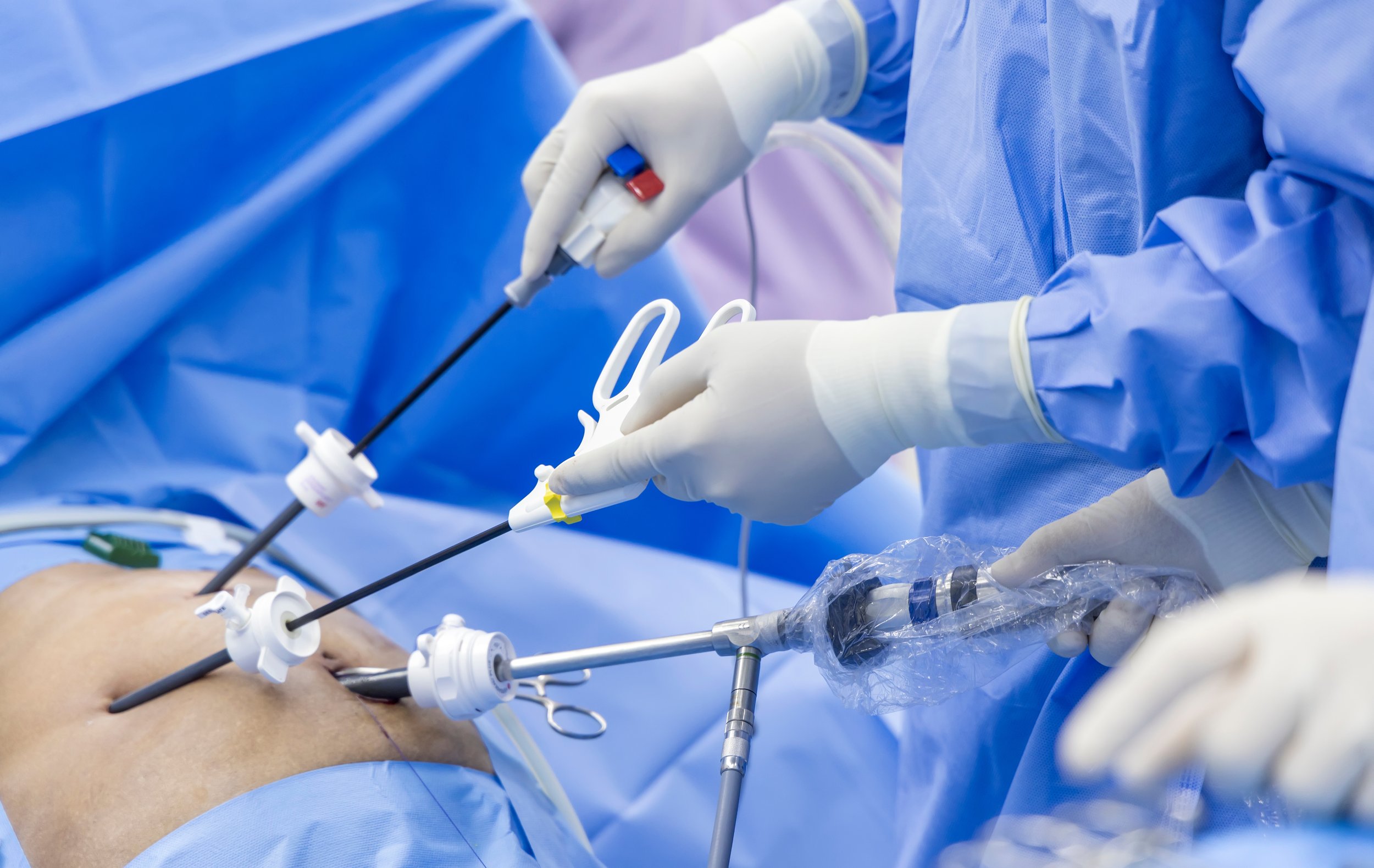
Myomectomy
What is a myomectomy ?
A myomectomy is a surgical procedure to remove the fibroids in your uterus (womb). This may be required to help with heavy periods, pelvic pressure, bowel/bladder blockages, and fertility. You will be under general anaesthetic (asleep) during the surgery.
How is a myomectomy performed?
After our consultation, we agreed that the best way to perform your surgery is:
Hysteroscopy. Keyhole surgery performed through the vagina. Salt water is used to expand the uterus. Instruments (with camera attached) are passed through the vagina and into the uterus, allowing me to perform your surgery.
Laparoscopy. Keyhole surgery performed through small holes on your belly. Gas (carbon dioxide) is used to expand your belly. A long thin camera and other instruments are passed through the small holes on your belly, allowing me to perform your surgery.
Laparotomy. Open abdominal surgery. You will spend at least 2 nights in hospital.
Other procedures may be necessary at the same time. These include:
Cystoscopy (camera test into the bladder) to check for injuries of the bladder.
Laparotomy (larger cut on belly) or Colpotomy (cut in the vagina) to remove the fibroid. This will be repaired during your surgery.
Morcellation (fibroid cut up into smaller pieces) to allow removal through small holes ie. to avoid a laparotomy.
Instructions prior to your Surgery:
Fasting times: my anaesthetist will advise you when to stop eating and drinking.
Please organise for someone to pick you up and drive you home.
The hospital will contact you with check-in instructions and pre-surgery tests.
Are there any complication risks?
Complications specific to myomectomy are uncommon, occurring in less than 1% (1 in 100). These include:
Internal organ damage (bladder, bowel, ureters, ovaries, tubes, uterus).
Internal scar tissue (adhesions), which may affect fertility and require further treatment.
Hernias
Short-term inability to pass urine.
Hysterectomy: This is a life-saving last resort procedure to manage excessive bleeding.
Unexpected cancer and therefore spreading cancer cells.
Fluid overload with hysteroscopic myomectomy (affecting your lungs, brain, heart).
Uterine rupture (0.5% or 1:200): Re-opening of the uterus wound during pregnancy or labour.
I strongly advise you not to get pregnant for at least 6 months following a myomectomy.
You may need a caesarean section in the future.
There are also risks associated with surgery in general. These include:
Reactions to the anaesthetic. You can discuss any concerns with the anaesthetist.
Severe pain.
Bleeding (haemorrhage) during or after the operation.
Blood clots (legs or lungs).
Infection.
There may also be rare risks that are not anticipated and therefore not listed here, or risks that are specific to you. Please let me know if you have any specific concerns to consider.

